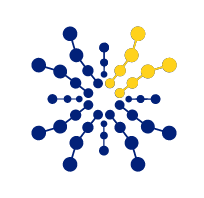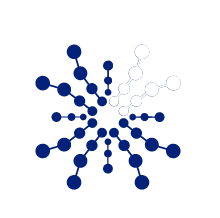

Joining the Network
As a member of the Northeast Noyce Professional Learning Network, you will have access to a variety of fully funded professional learning opportunities, including both virtual and in-person events. These opportunities include attending the Northeast Noyce Regional Conference in Boston in 2024 and Philadelphia in 2026, participating in virtual professional learning communities and video clubs, and attending local in-person learning institutes in the summer. The network has a Cadre of Noyce Master Teaching Fellow (MTF) alumni that will be facilitating some of these professional learning opportunities, as well as offering STEM teaching partnerships for early-career STEM teachers. The network will also provide opportunities for Noyce Leaders to connect and collaborate with one another.

News & Updates
Thank you for Attending the 2024 Northeast Noyce Regional Conference in Boston
Thank you for Attending the 2024 Northeast Noyce Regional Conference in Boston
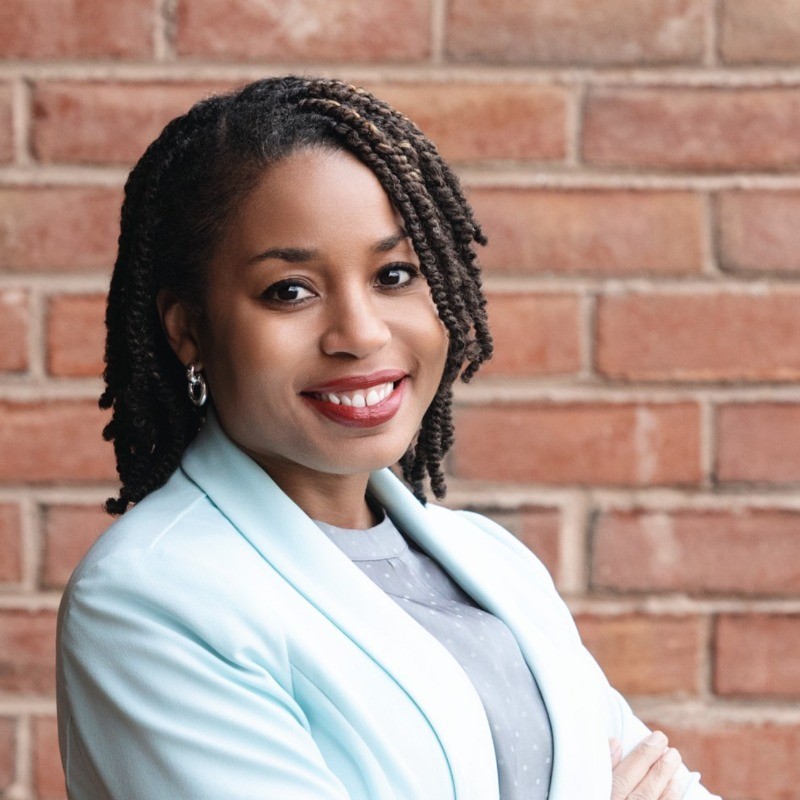
2024 Northeast Noyce Regional Conference – Keynote Announcement – Cicely Woodard
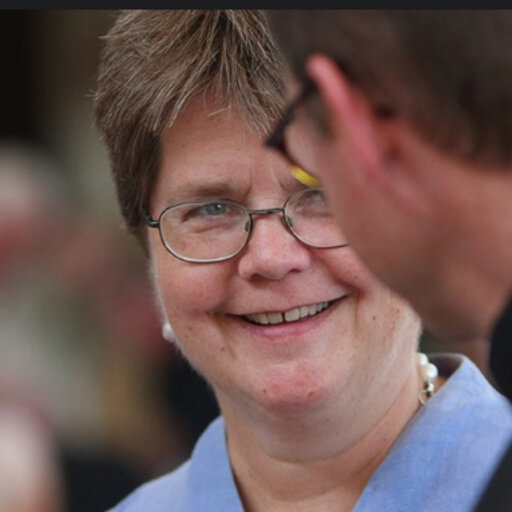
2024 Northeast Noyce Regional Conference – Keynote Announcement – Beth Segers
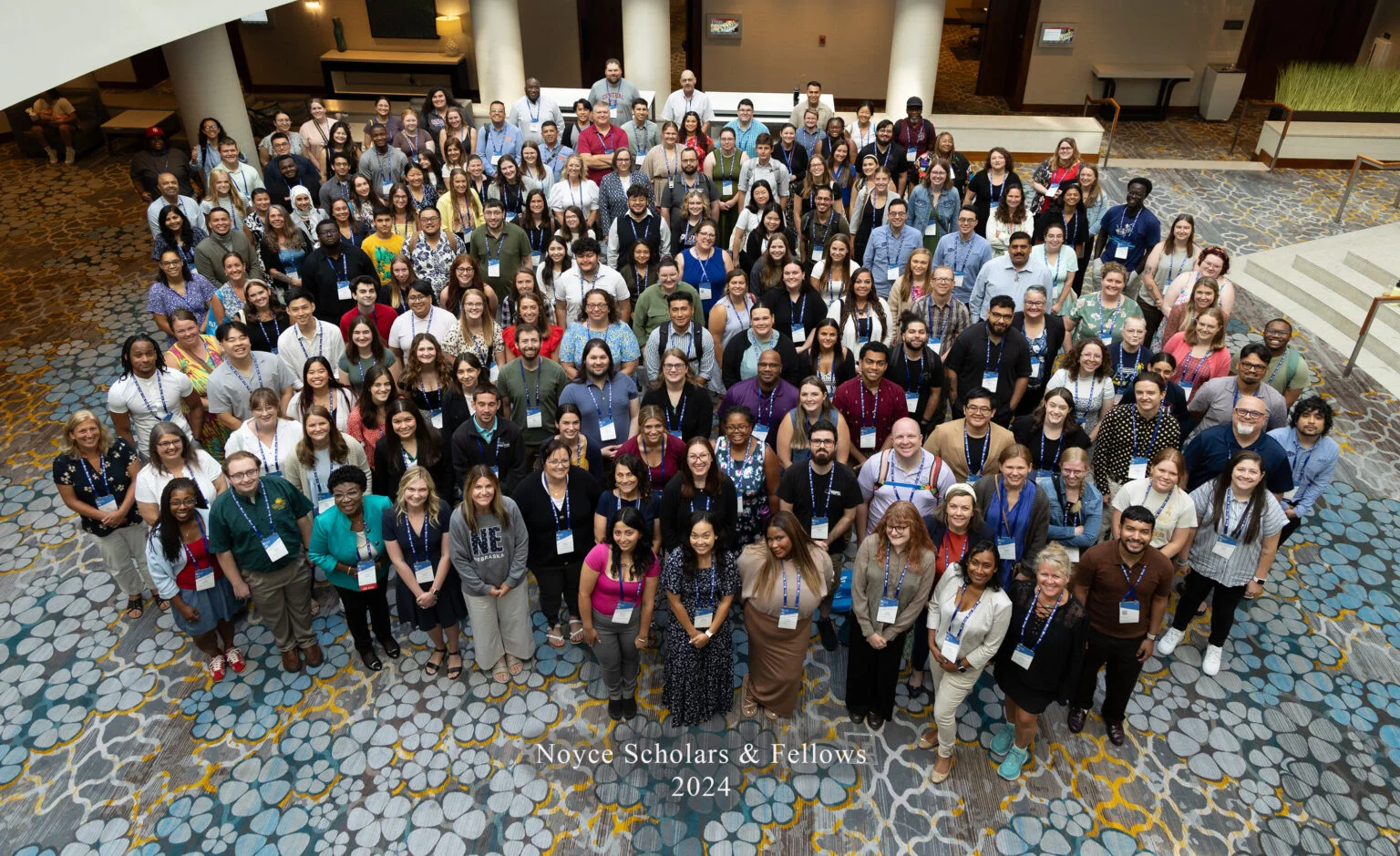
Noyce Summit 2024 – Resources

Registration for the Northeast Noyce Regional Conference in Boston is now OPEN!
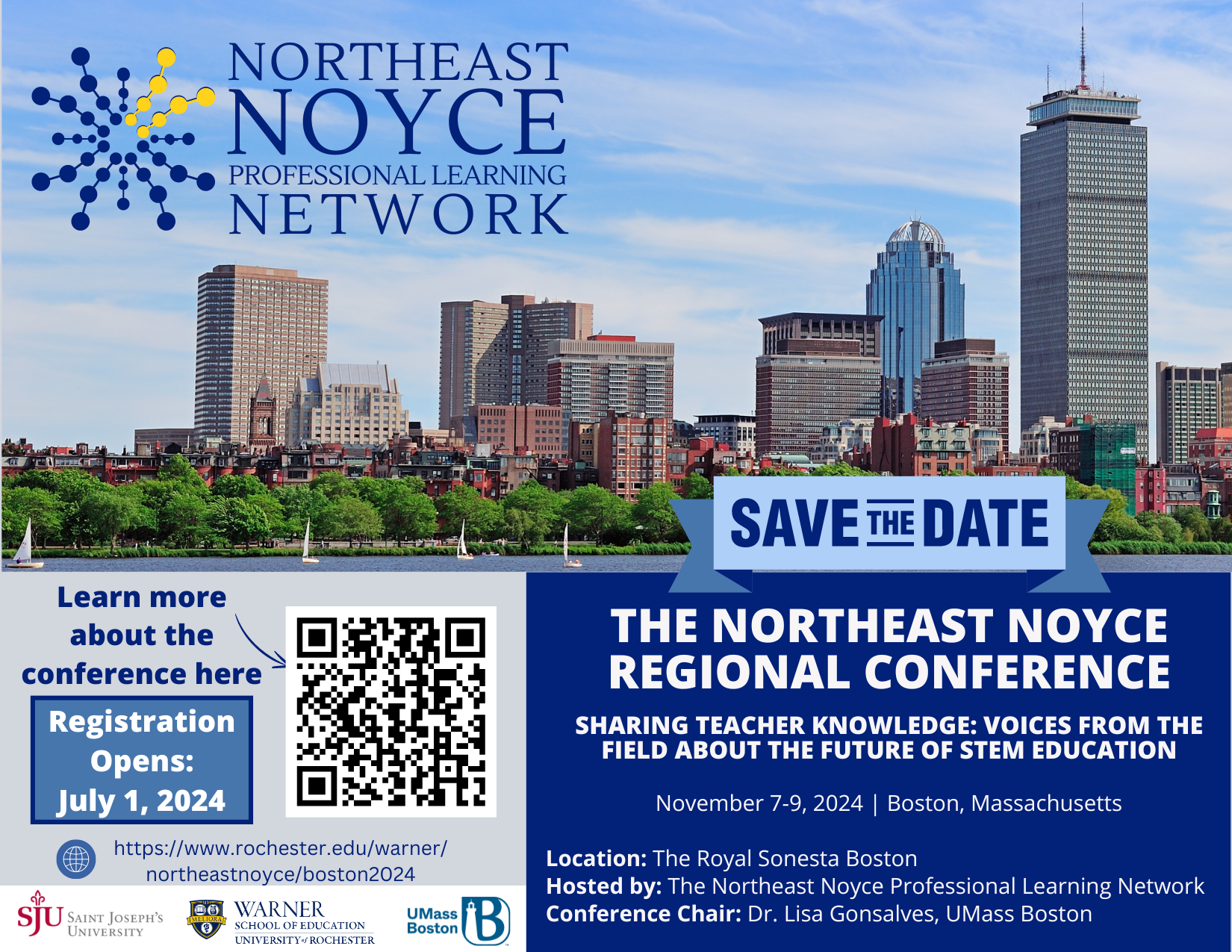
Save The Date: The Northeast Noyce Regional Conference in Boston
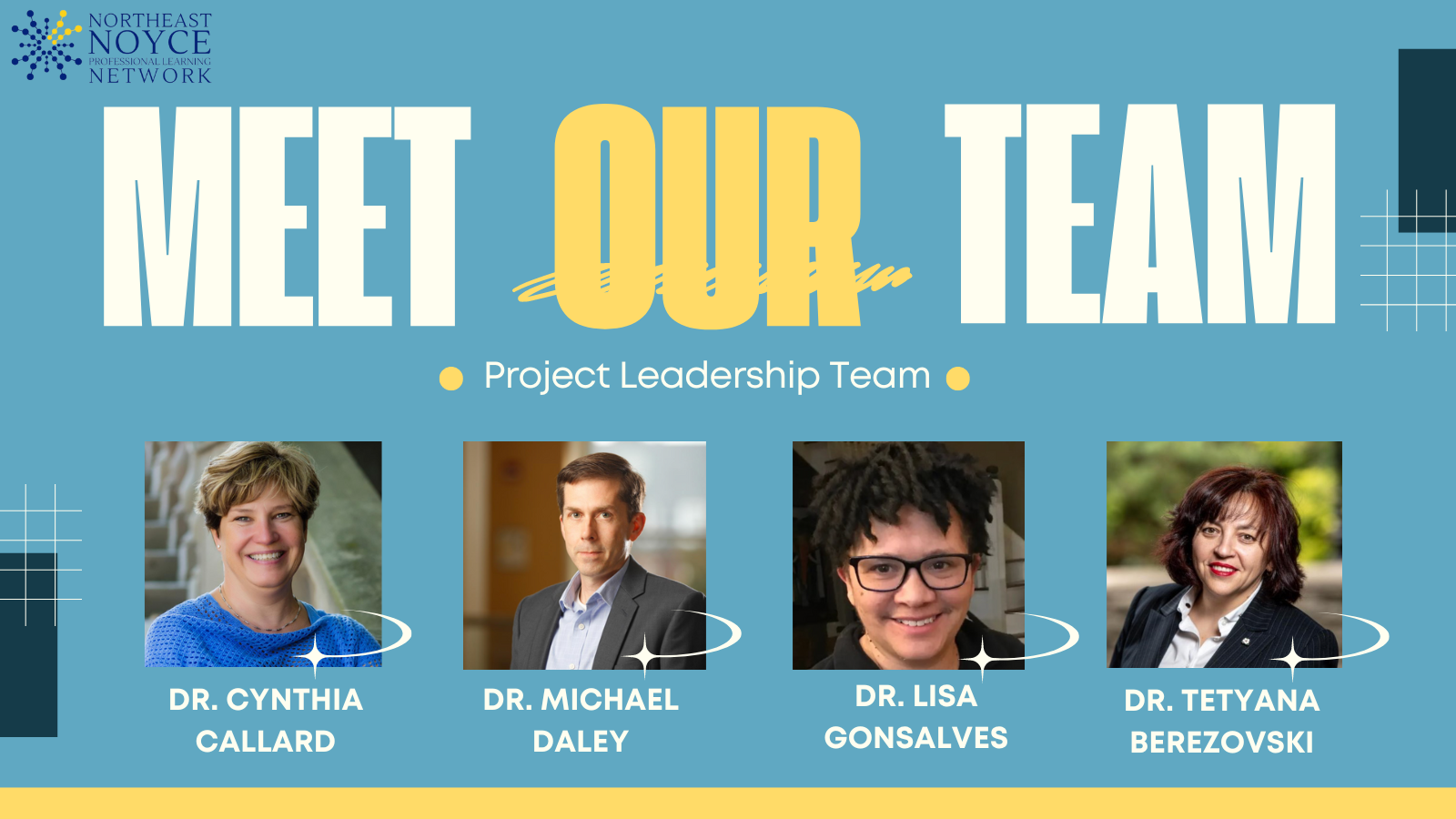
Meet the Northeast Noyce Project Leadership Team
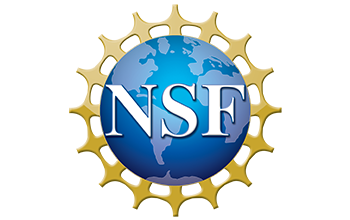
Thank you!
This material is based upon work supported by the National Science Foundation award #2320386. Any opinions, findings, and conclusions or recommendations expressed in this material are those of the authors and do not necessarily reflect the views of the National Science Foundation.

